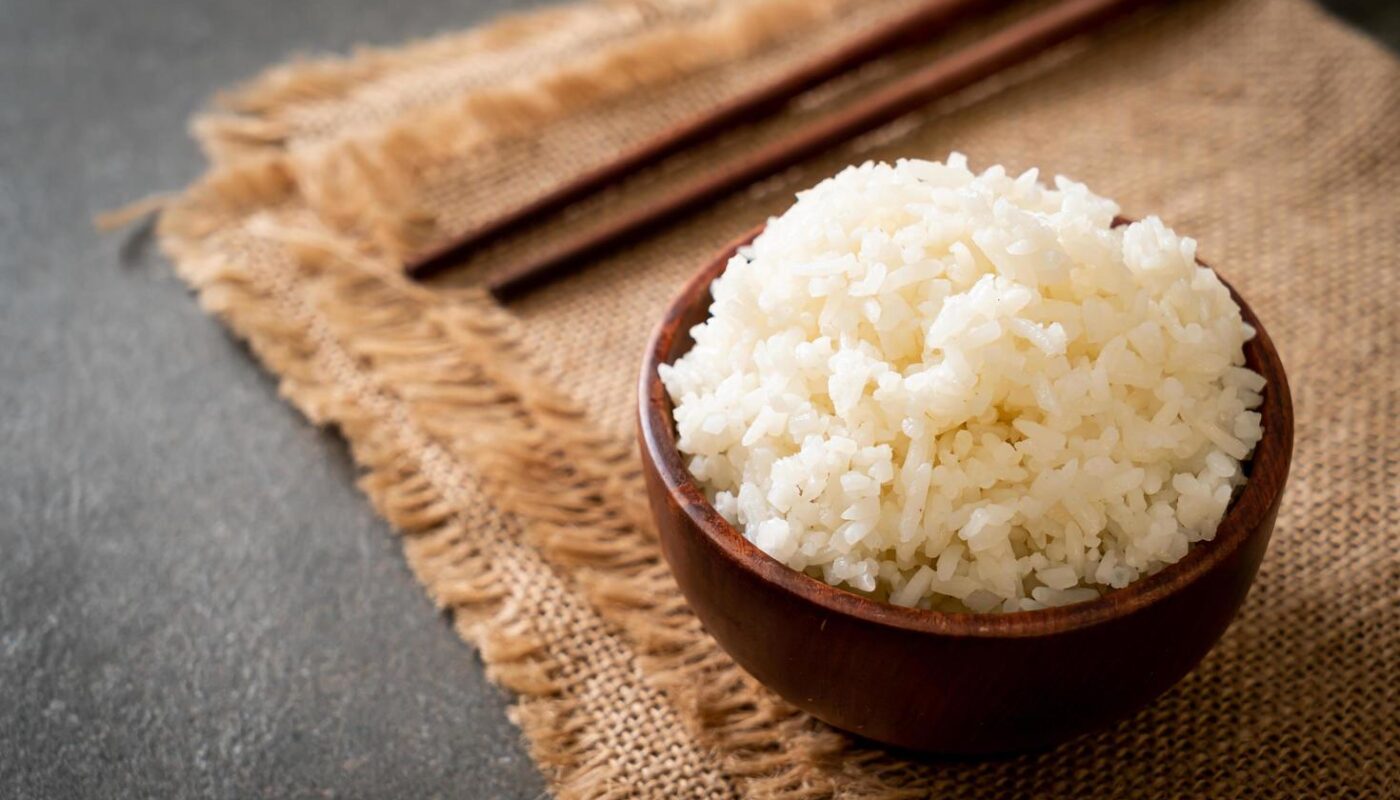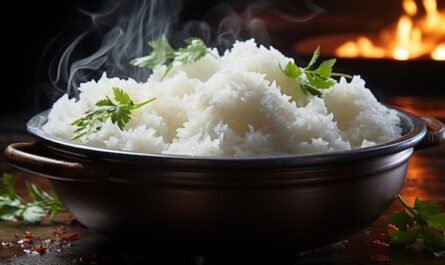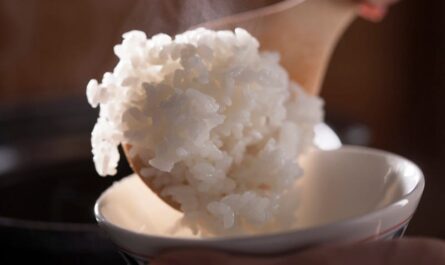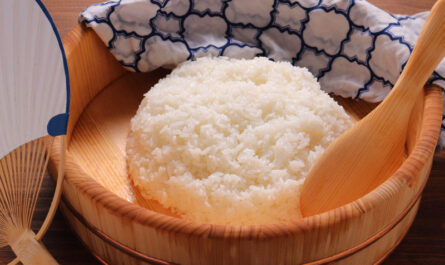When it comes to the culinary world, the variety of rice available can be both fascinating and overwhelming. Two of the most popular types in Asian cuisine are sushi rice and glutinous rice. While they may seem similar at first glance, they have distinct characteristics that make them unique. In this article, we will explore the differences between these two types of rice, their uses, and how they can be best prepared to enhance their flavors. Whether you’re a sushi lover or simply curious about these rice varieties, this guide will provide you with valuable insights.

Understanding Sushi Rice
Sushi rice, also known as shari or sumeshi, is a key component in making sushi. It is a short-grain rice that becomes sticky when cooked, allowing it to hold its shape and adhere to other ingredients. Sushi rice is seasoned with a mixture of vinegar, sugar, and salt, giving it a unique flavor that compliments the fresh ingredients used in sushi rolls.
Characteristics of Sushi Rice
- Short-grain and sticky in texture.
- Seasoned with vinegar, sugar, and salt.
- Used primarily in sushi and sashimi dishes.
Understanding Glutinous Rice
Glutinous rice, also known as sticky rice or sweet rice, is a staple in many Asian cuisines. Despite its name, glutinous rice does not contain gluten. It is called ‘glutinous’ due to its sticky texture when cooked. This type of rice is often used in desserts, dumplings, and various savory dishes.
Characteristics of Glutinous Rice
- Sticky texture but not due to gluten content.
- Used in both sweet and savory dishes.
- Commonly found in Southeast Asian cuisines.
Key Differences Between Sushi Rice and Glutinous Rice
Texture and Stickiness
Both sushi rice and glutinous rice are known for their stickiness, but this characteristic serves different purposes. Sushi rice’s stickiness helps it hold shape in rolls, while glutinous rice’s stickiness makes it ideal for molding into shapes or stuffing.
Flavor Profile
Sushi rice has a tangy flavor due to the vinegar seasoning, while glutinous rice has a more neutral taste, allowing it to easily absorb the flavors of other ingredients.
Culinary Uses
Sushi rice is predominantly used in sushi dishes, while glutinous rice is versatile, used in both sweet and savory dishes like rice pudding or stuffed dumplings.
Cooking Techniques
Preparing Sushi Rice
Cooking sushi rice requires washing the rice thoroughly to remove excess starch, then cooking it with precise water measurements. Once cooked, it should be seasoned while warm and allowed to cool before use. For more detailed cooking instructions, you can refer to this sushi rice thermometer guide.
Preparing Glutinous Rice
Glutinous rice is typically soaked before cooking to achieve the desired sticky texture. It can be steamed or boiled, depending on the recipe. For instance, to make sticky rice dumplings, steaming is preferred.
Popular Dishes Using Sushi Rice and Glutinous Rice
Sushi Dishes
Sushi rice is essential in making various types of sushi, including nigiri, maki, and sashimi. Its sticky nature ensures that the rice holds together with other ingredients.
Dishes with Glutinous Rice
Glutinous rice is used in a variety of dishes such as mango sticky rice, zongzi (sticky rice dumplings), and sticky rice cakes. To learn more, check out this rice varieties guide.
Health Benefits
Nutritional Value of Sushi Rice
Sushi rice provides a good source of carbohydrates and offers small amounts of protein and fiber. It is also low in fat.
Nutritional Value of Glutinous Rice
Glutinous rice is similar in nutritional content to sushi rice, offering carbohydrates with minimal protein and fat.
Conclusion
Both sushi rice and glutinous rice play significant roles in Asian cuisine, each with their own unique properties and culinary uses. Understanding the differences between these rice types can enhance your cooking experience and help you choose the right rice for your dishes.

FAQs
Can I substitute sushi rice with glutinous rice?
While both are sticky, they are not interchangeable due to their different textures and uses. Sushi rice is best for sushi, while glutinous rice is ideal for dessert and savory dishes.
Is glutinous rice healthy?
Like other rice types, glutinous rice is a good source of carbohydrates but should be consumed in moderation as part of a balanced diet.
How do I store cooked sushi rice?
Cooked sushi rice should be stored in an airtight container in the refrigerator and consumed within a few days to ensure freshness.
This article contains affiliate links. We may earn a commission at no extra cost to you.




